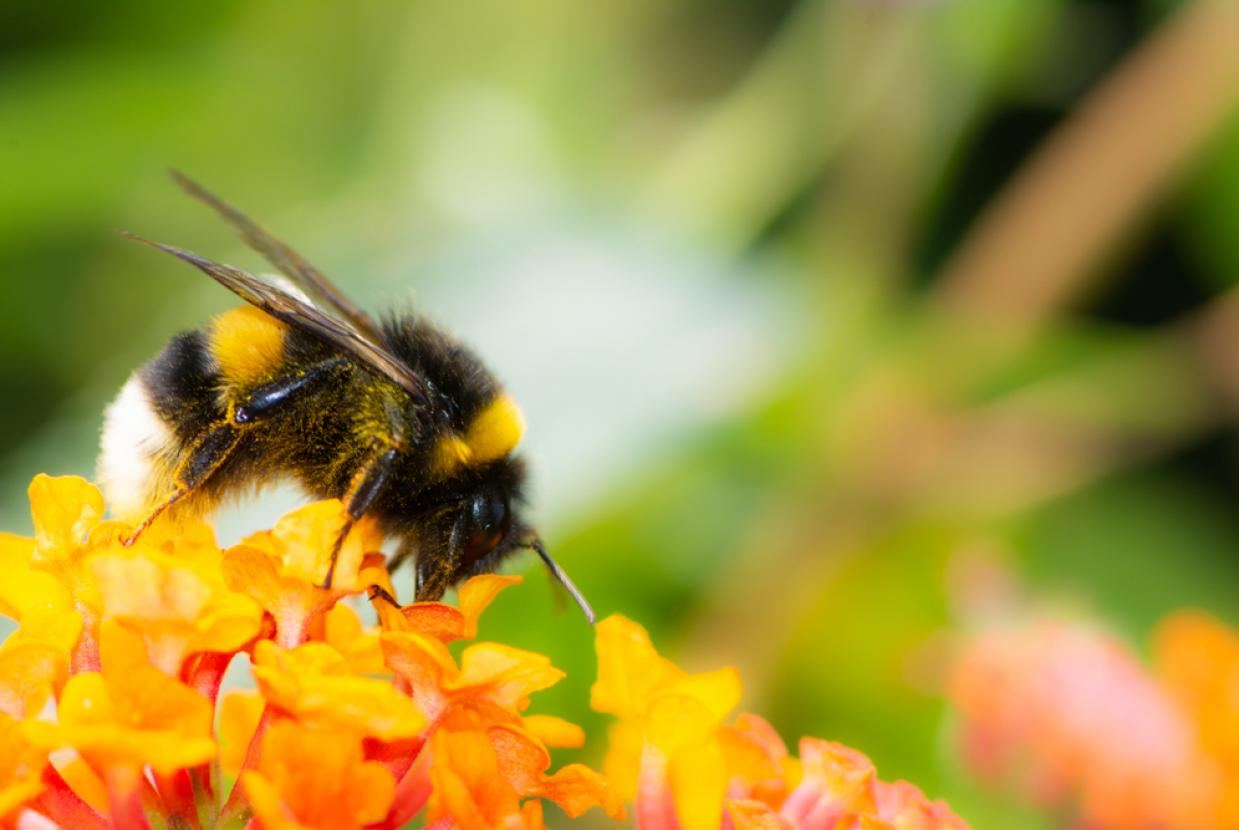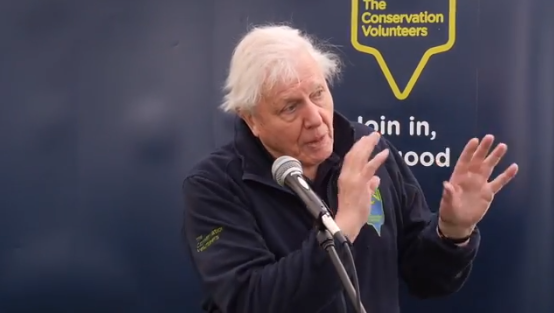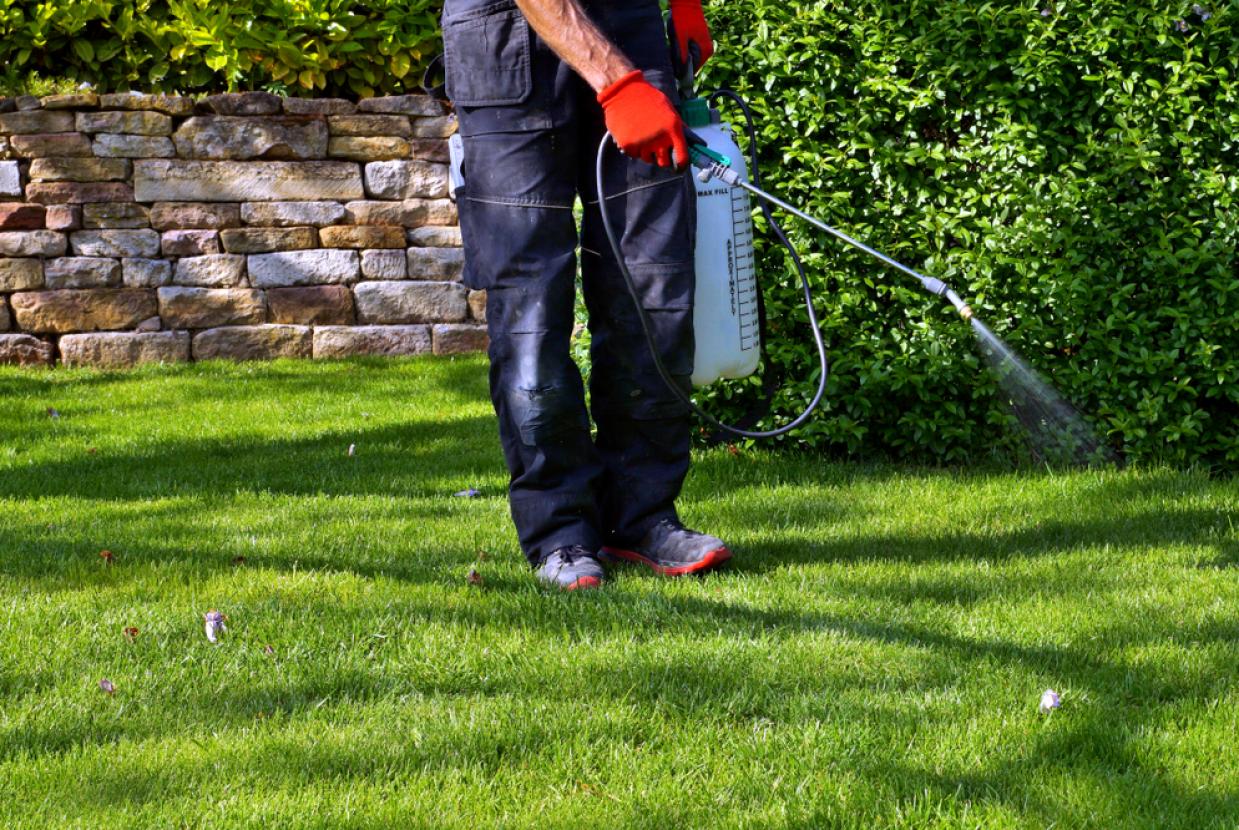Caring For Bees
Bees are an essential part of the environment. They pollinate many commercial food crops and native plants. The number of native bees has been falling recently. Find out how you can help boost their survival rates by having plants for feeding and places for them to shelter.
How you can help bees
There are a number of things you can do to help protect bees. For example, giving them food and shelter in your garden, using pesticides responsibly and beekeeping.
Beekeeping
Apart from the attraction of having your own honey, keeping honeybees can be a rewarding and relaxing hobby.
The best place to go for advice on keeping honeybees is your local beekeeping association. They often run practical bee demonstration days and will give you information on keeping bees. Most associations have hives used for teaching purposes and give you the chance to handle bees.
There are no restrictions on keeping bees. You can keep them in your back garden but it would be wise to check with your neighbours.
Small gardens may not always be suitable for beekeeping. If you are in any doubt, your local beekeeping association will be able to advise you.
Food for bees
Bees need a wide range of plants that flower from spring to autumn to feed from. These include:
- alyssum, cornflower, sunflower, michaelmas daisy and sweet william for nectar in summer
- bluebells, rosemary, geranium and honeysuckle
- ivy and shrub willows for food in early and late parts of the year
Creating shelters for bumblebees
Bumblebees need to find places to nest and hibernate in. You can help by:
- creating patches of bare earth in warm sheltered spaces for nesting sites
- leaving a pile of stones, dead plant stems, fallen leaves and log piles for bumble bees to hibernate in over winter
- buying a ready-made bumble bee box
Pesticide use
Misuse of pesticides can affect bees. You can help by:
- using something else that is natural, like planting onion, garlic or marigolds
- if you must use pesticides, only spraying in the early morning or evening when the bees and other insects will be less active
- always storing pesticides in a secure, cool and dry place
Types of bees
Bumblebees
Most commonly found in your back garden or your local park. Each species is identified by the pattern on their body (thorax) and ‘tail’ (abdomen).
There are 13 species of true bumblebees and six species of cuckoo bumblebees. They are highly social insects who live in large colonies made up of a queen, many female worker bees (which tend the young and defend the colony) and some male bees.
Queen bees will hibernate all winter and emerge in spring to find a new nest, where the fertilized eggs become female workers and the unfertilized eggs become males. They will then go off to mate with a new queen and start a new colony.
Bumblebees are very important pollinators. Some are used commercially to pollinate greenhouse tomatoes and peppers. They transfer the pollen from one flower to the next by collecting it on their hairs ‘fur’.
Bumblebees do not swarm and are not aggressive unless you disturb their colony. However, the female workers can sting you twice, unlike honeybees which die after losing their sting.
Commonly seen are the white tailed bumblebee and the common carder bumblebee. Look out for the slightly rarer red-tailed bumblebee.
The decline in some species is due mainly to habitat loss to farming, forest and housing developments. Habitat fragmentation is where the bee has too far to travel to the next area of wildflower rich grassland or meadow. For a species with already low numbers, this can sometimes mean that the bees will not have enough numbers to breed with and the potential of inbreeding.
Changes in weather and climate change could have a devastating effect on some bee populations where they are not able to adapt to an increase in the number of wet days per year or the rapid change and loss of specific habitats.
Honeybee
This is the most commonly known bee. There is only one native species of honeybee in Ireland. In the wild they make their nests in hollow trees.
Solitary bees
The type most people won’t be familiar with and often found in sand dunes. They make up most of the 81 other types of bee found here. Most are a lot smaller and not furry like bumblebees.




















